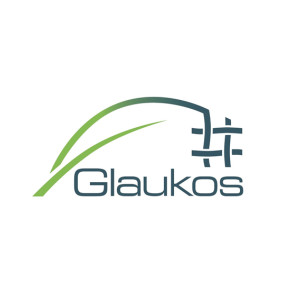 \
&
Contact us
\
&
Contact us
 \
&
Contact us
\
&
Contact us
Digital Europe funds projects in five key capacity areas (strategic objectives):
With its variety of topics the programme addresses a wide range of stakeholders: SMEs, higher education institutions, research centres, public authorities, large companies etc.
The Digital Europe Programme complements other EU programmes, such as the Horizon Europe programme for research and innovation, and the Connecting Europe Facility for digital infrastructure, the Recovery and Resilience Facility and the Structural funds.
The overall objectives, scope, outcomes and deliverables as well as budget allocations, for each topic are described in different work programmes:
All work programmes are available at this link.
Detailed descriptions of the different call topics can be found in the call documents once the calls are published on the Funding & Tenders Portal.
The legal and financial rules for Digital Europe resemble in many aspects those of other funding programmes such as Horizon Europe. However, there are some important difference that need to be taken into account, such as regards e.g. international collaboration and security restrictions. Information on the legal and financial rules can be found on our L&F overview page and in our infosheets.
Digital, Industry & Space Digital Europe Cybersecurity Defence
We would like to inform you that the Commission has adopted and published the European Defence Fund Work Programme 2025. The news announcement (with links to the documents and a factsheet) is available on DEFIS website: https://defence-industry-space.ec.europa.eu/european-defence-fund-over-eu1-billion-drive-next-generation-defence-technologies-and... read more
Digital, Industry & Space Climate, Energy, Mobility EIC Digital Europe
Security Digital, Industry & Space Digital Europe Cybersecurity Defence
Security Digital Europe Cybersecurity Defence EDF

marie.timmermann@fwo.be
+32 2 550 15 59
Infosheets contain edited content on aspects related to this programme. They are reviewed at least yearly.
Related links are easy pointers towards external information. We curate the list, but are not liable for the destinations.
Documents contain additional information related to this programme, and are similar to related links.

Bio Base Europe Pilot Plant coordinated the Glaukos project, which answered the call topic published in 2019 of Horizon 2020 Framework Programme ‘Develop bio-based fibres and/or functional molecules to improve the performance of textile products’ under the Framework of the Bio-based Industries Joint Undertaking (BBI JU). The consortium partners took up this challenge by valorising industrial side streams and setting up a circular approach to the textile industry.